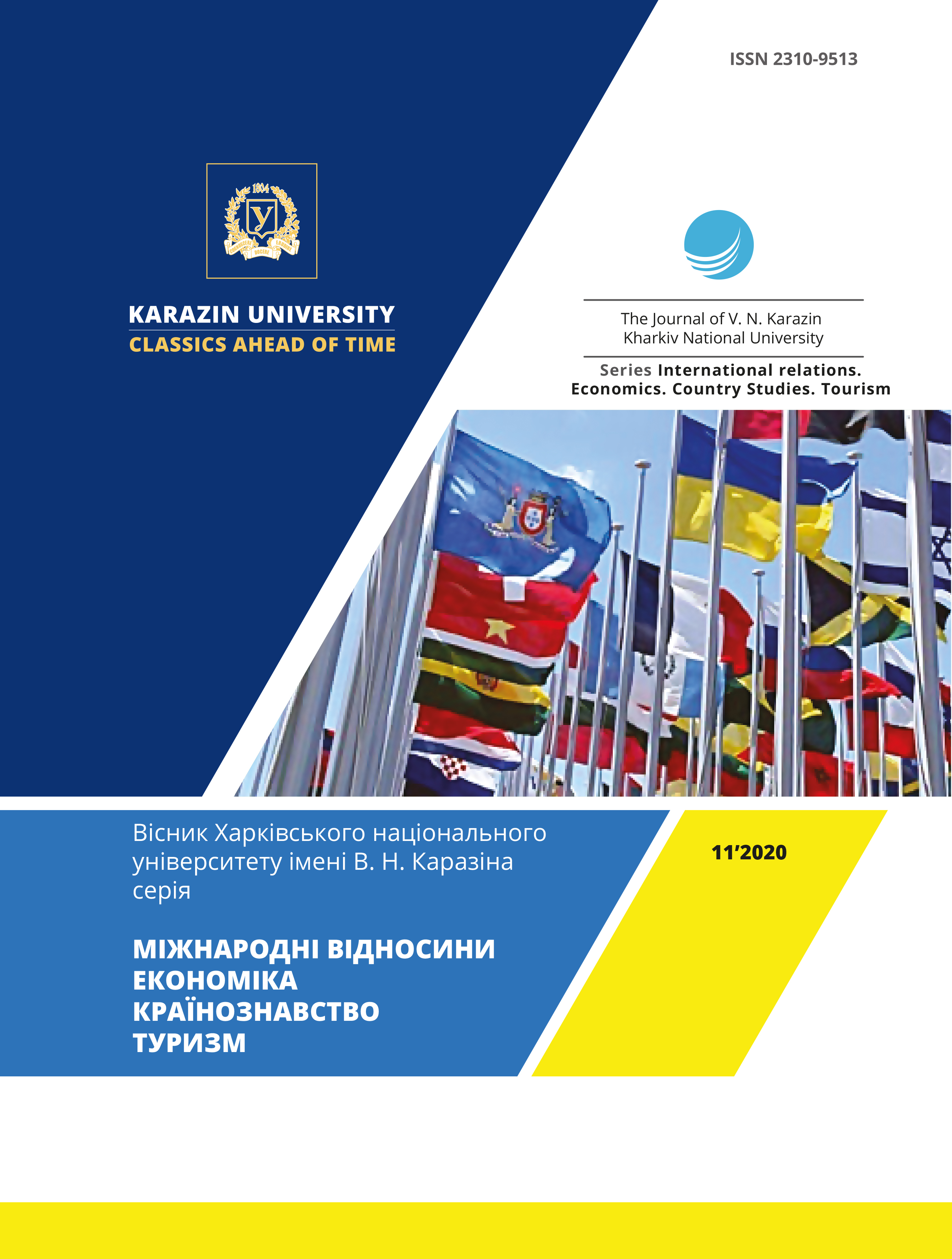The problem of sustainability of the controlled innovation process
Abstract
The present study is devoted to the problem of managing innovative processes at the level of state executive structures. The aim of the work is to build a mathematical model of a regulated innovation process and study of the structural stability of the equilibrium positions of the corresponding nonlinear dynamic system. An important role in the methodology of technical forecasting is played by the so-called logistics model, which has purely non-linear properties - saturation and cumulativeness. It is known that simultaneously with the acceleration of economic development, the influence of opposing factors is increasing, which either stabilize the growth of innovative products, or the process takes on a cyclical character. This, in turn, actualizes a set of measures to regulate the innovative activities of innovators. The need for changing the capacity of the innovation market occurs. This can be achieved by introducing feedback management on a technologically significant indicator of innovation in the traditional logistic model of diffusion of innovation. It is important to note that the presence of a built-in linear inertial controller in a nonlinear system does not automatically guarantee the stability of the achieved equilibrium positions. For this, the mathematical stability conditions on the plane of the parameters of the dynamical system are obtained. In particular, an unstable mode of self-oscillations was revealed in the vicinity of the desired equilibrium position. Such a regime is considered a dangerous boundary for loss of stability, and it is necessary to realize adjustment of the regulator’s parameters in order to avoid undesirable bifurcations and catastrophes. This makes it relevant to detect and identify negative trends in innovation dynamics. The approach proposed in this paper will make it possible to better diagnose the problems of the state of the systems under study, as well as to search for effective ways out of them in order to synthesize anti-crisis innovative development programs.
Downloads
References
Grudtsina Yu. V. (2019) Іnnovatsіina dіyal'nіst' v Ukraїnі: analіz ta prognozuvannya [Innovation activity in Ukraine: analysis and forecasting] Bіznes Іnform, 2, pp. 78-84. (in Ukraine)
Iershova H. V. (2017) Іnnovatsіina dіyal'nіst' v Ukraїnі: osnovnі tendentsії ta problemi [Innovation activity in Ukraine: main trends and problems] Ekonomіka і prognozuvannya, 4, pp.137-148. (in Ukraine)
Buleev I. P. (2007) Sotsial'nye aspekty innovatsionno-investitsionnoi deyatel'nosti v Ukraine [Social aspects of innovation and investment in Ukraine] Biznes Inform, 7, pp.33-39.
Geєts' V. M., Seminozhenko V. P. (2006) Іnnovatsіinі perspektivi v Ukraїnі [Innovative prospects in Ukraine]. Kh.: Konstanta (in Ukraine)
Kondrat'ev N. D. (2002) Bol'shie tsikly kon"yunktury i teoriya predvideniya [Big business cycles and foresight theory]. M.:Ekonomika (in Russian)
Shumpeter Y. A. (1939) Business Cysles. New York.
Yakovets Yu. V. (1999) Tsikly. Krizisy. Prognozy [Cycles. Crises. Forecasts]. M.: Nauka. (in Russian)
Voronin A. V. (2007) Sinergeticheskoe upravlenie innovatsionnym protsessom [Synergetic management of the innovation process] Biznes Inform, 7. pp. 96-100. (in Russian)
Glaz'ev S. Yu. (1990) Ekonomicheskaya teoriya tekhnicheskogo razvitiya [Economic Theory of Technical Development]. M.: Nauka. (in Russian)
Voronin A. V. (2006) Tsikly v zadachakh nelineinoi makroekonomiki [Cycles in the problems of nonlinear macroeconomics]. Kh.: ID «INZhEK». (in Russian)
Khessard B., Kazarinov N., Ven I. (1985) Teoriya i prilozheniya bifurkatsii rozhdeniya tsikla: Per. s angl [Theory and applications of bifurcation of the birth cycle: Per. with english]. M.: Mir. (in Russian)
Authors who publish with this journal agree to the following terms:
- Authors retain copyright and grant the journal right of first publication of this work under the terms of a license Creative Commons Attribution License 4.0 International (CC BY 4.0).
- Authors are able to enter into separate, additional contractual arrangements for the non-exclusive distribution of the journal's published version of the work (e.g., post it to an institutional repository or publish it in a book), with an acknowledgement of its initial publication in this journal.
- Authors are permitted and encouraged to post their work online (e.g., in institutional repositories or on their website) prior to and during the submission process, as it can lead to productive exchanges, as well as earlier and greater citation of published work.




